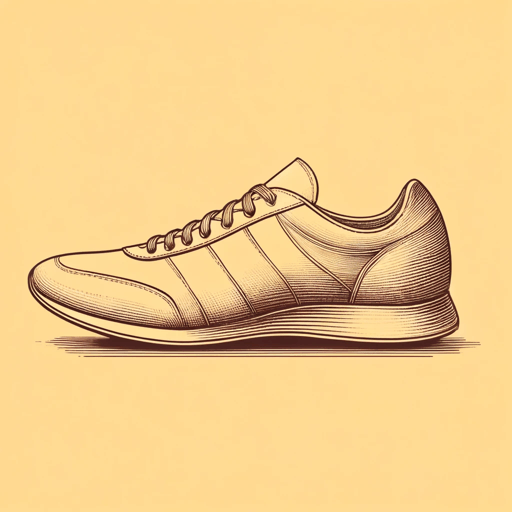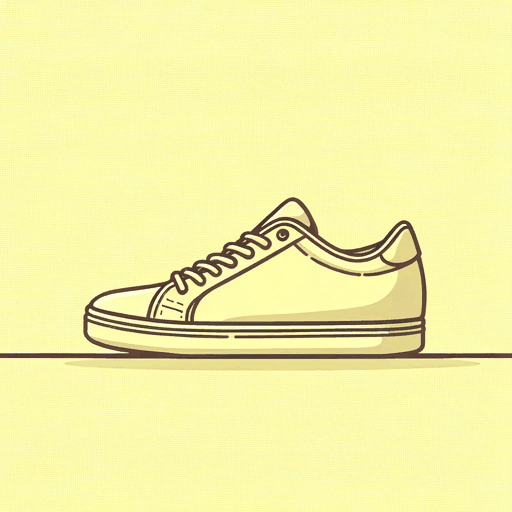44 pages • 1 hour read
Phil KnightShoe Dog: Young Readers Edition
Nonfiction | Autobiography / Memoir | Middle Grade | Published in 2017A modern alternative to SparkNotes and CliffsNotes, SuperSummary offers high-quality Study Guides with detailed chapter summaries and analysis of major themes, characters, and more.
Summary and Study Guide
Overview
Shoe Dog: Young Readers Edition is the abridged version of American businessman Phil Knight’s 2016 memoir about his career as the founder of Nike. The book chronicles the years 1962 to 1980, beginning when Knight travels around the world and makes a deal to distribute Onitsuka athletic shoes in America and ending when Nike goes public and Knight becomes a multimillionaire. Published by Simon & Schuster, the Young Readers Edition is structured with a Prologue, 10 chapters each corresponding to a year of Knight’s life, and an Epilogue titled “A Final Letter to the Young Reader.” While the first 10 chapters are the same as they appear in the memoir’s original format, the final chapter is heavily abridged and details Nike’s first 10 years of existence.
Summary
Knight’s narrative begins as he has just returned to his parents’ house in Oregon after being away for seven years while attending college at the University of Oregon, attending graduate school at Stanford, and serving a year in the US Army. Out for an early morning run, Knight wonders what he is going to do with his life and decides that he first needs to see the world. He borrows money from his father for an around-the-world trip and also discusses with him the “crazy idea” he has had for some time of finding a Japanese shoe company and selling their running shoes in the United States. Knight and his traveling companion, Carter, arrive in Hawaii and become so enamored with life there that they decide to put their trip off for a while and stay. Eventually, Knight decides to go ahead with the planned trip, but he travels alone now, as Carter stays behind in Hawaii.
Knight’s first stop is Japan, where he meets with executives at Onitsuka and tells them about the largely untapped market for athletic shoes in the US. When they ask him the name of his company, Knight spontaneously blurts out “Blue Ribbon Sports,” and they agree to send him samples of their Tiger model shoes. With his business plan out of the way, Knight sets out on a tour across Asia and Europe. When his samples finally arrive in Oregon several months later, Knight immediately sends two pairs to his legendary old track coach at Oregon, Bill Bowerman. Impressed with the shoes, Bowerman asks if he can become a partner in Knight’s deal with Onitsuka. Knight then orders 300 pairs of Tigers and begins selling them out of his car at track meets across the Pacific Northwest.
In 1965, Knight hires his first full-time employee, Jeff Johnson. Johnson’s enthusiasm for the fledgling company is a little off-putting at first, but he has a tremendous work ethic and helps open Blue Ribbon’s first retail store in California. On two occasions, Knight faces competition with another distributor of Onitsuka shoes on the East Coast and ultimately travels back to Japan to secure exclusive distribution rights in the US. This leads to Blue Ribbon opening a retail store on the East Coast in 1967. Bowerman, meanwhile, begins communicating with Onitsuka directly, offering shoe design suggestions that become wildly popular with distance runners. Bowerman also lines up two more of his former Oregon runners, Geoff Hollister and Bob Woodell, to become full-time employees. In 1968, Knight quits his day job as an accountant and starts teaching accounting at Portland State so he can dedicate more time to Blue Ribbon. While teaching, Knight meets Penelope Parks, whom he marries a year later.
By 1969, Blue Ribbon is on its way to $300,000 in sales, but Knight is having trouble securing loans with his bank, and within another year, Knight gets word that Onitsuka is looking for other American distributors. Now without a bank to provide loans and with his relationship with his shoe supplier falling apart, Knight goes to a Japanese trading company for credit and makes the decision to start producing his own shoes. Knight chooses the swoosh logo and settles on the name Nike for his shoes. In 1974, Onitsuka sues Knight for breach of contract but ultimately loses and is forced to pay damages. Nike expands manufacturing operations, adding a factory in Taiwan to its original factory located in New Hampshire, and has great representation with distance runners at the 1976 Summer Olympics in Montreal. In 1980, Nike begins exploring manufacturing in China and opens two factories there while also striking a deal with the Chinese government to endorse its national track-and-field team. Later that year, Nike makes its first public offering at $22 per share.


